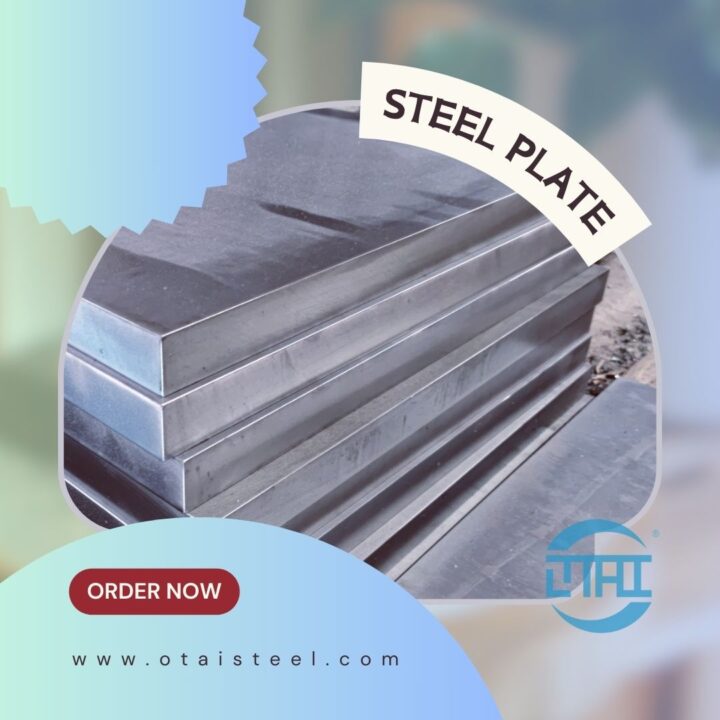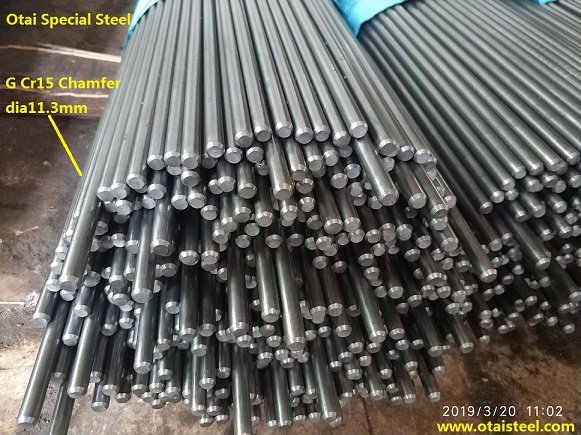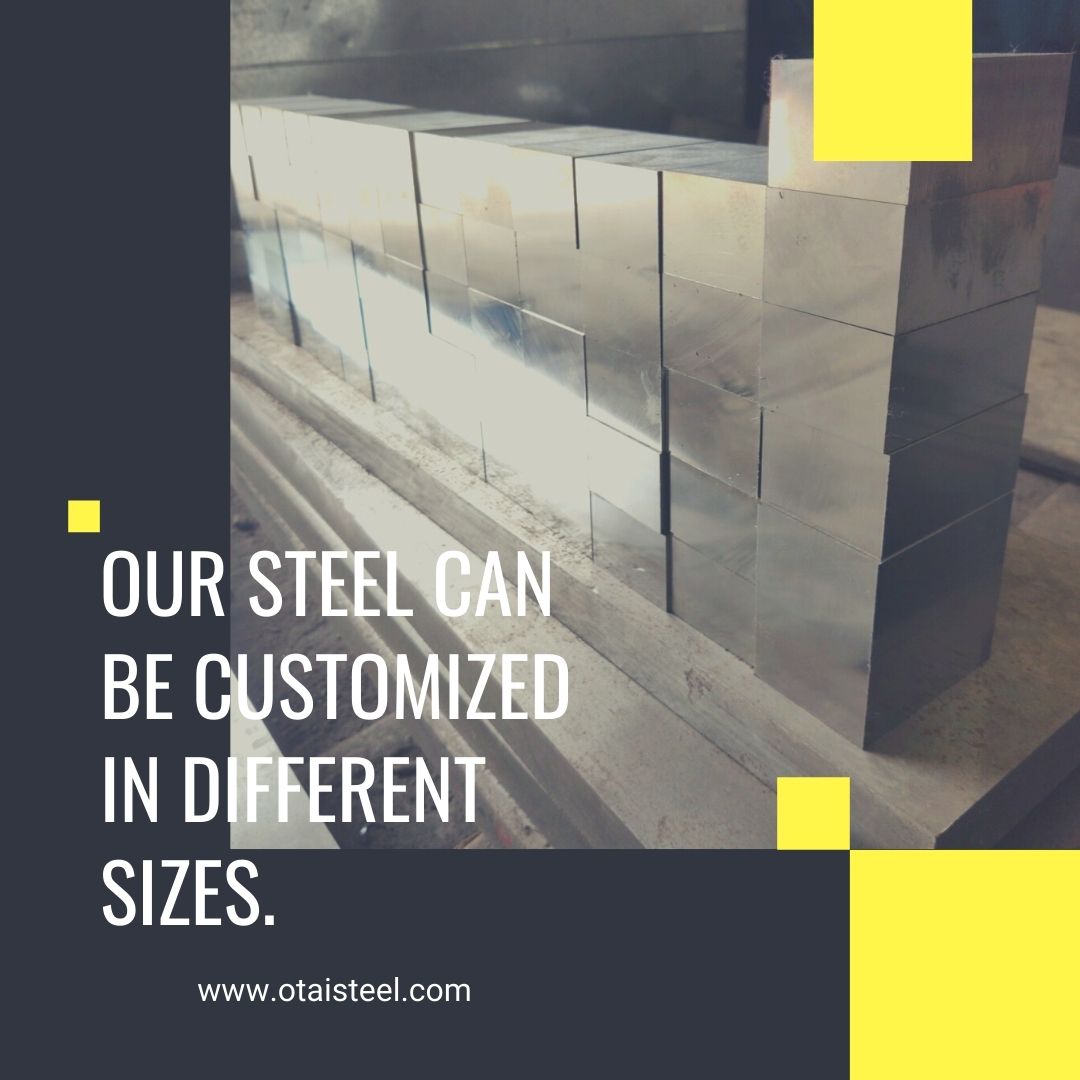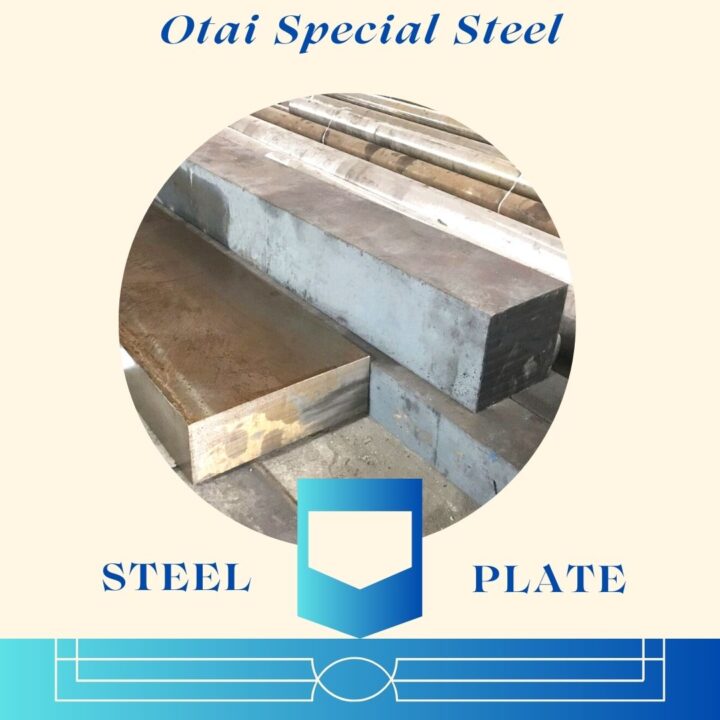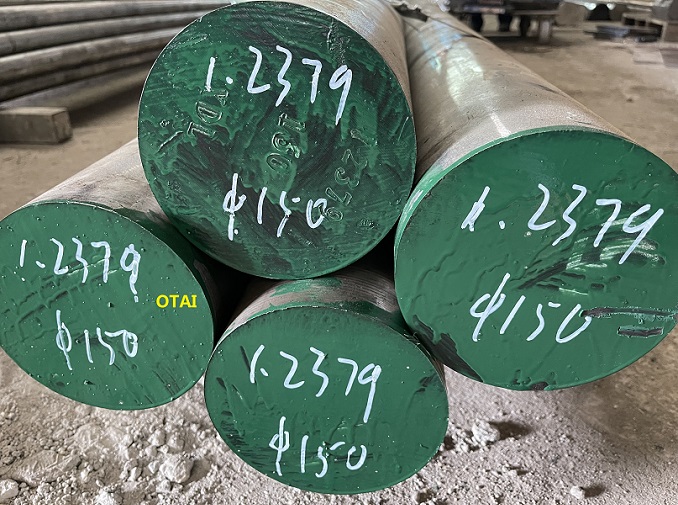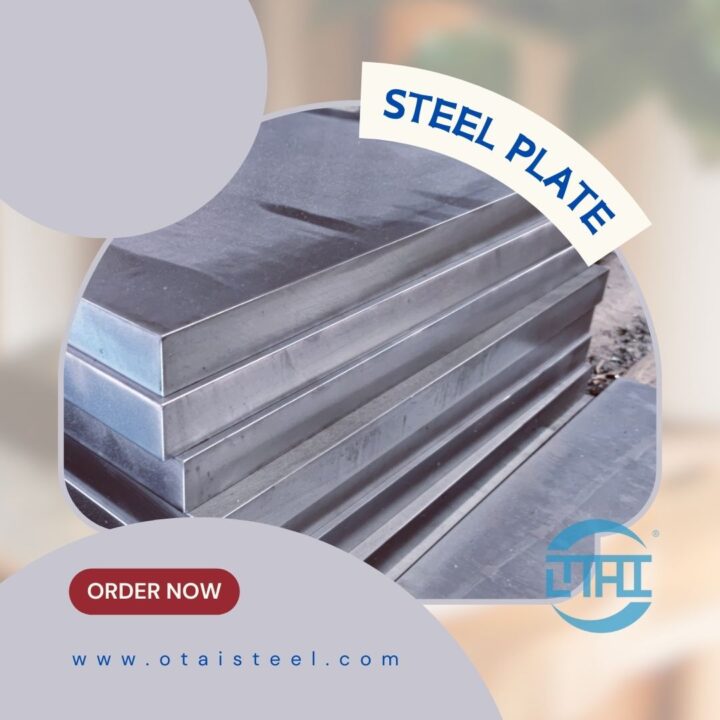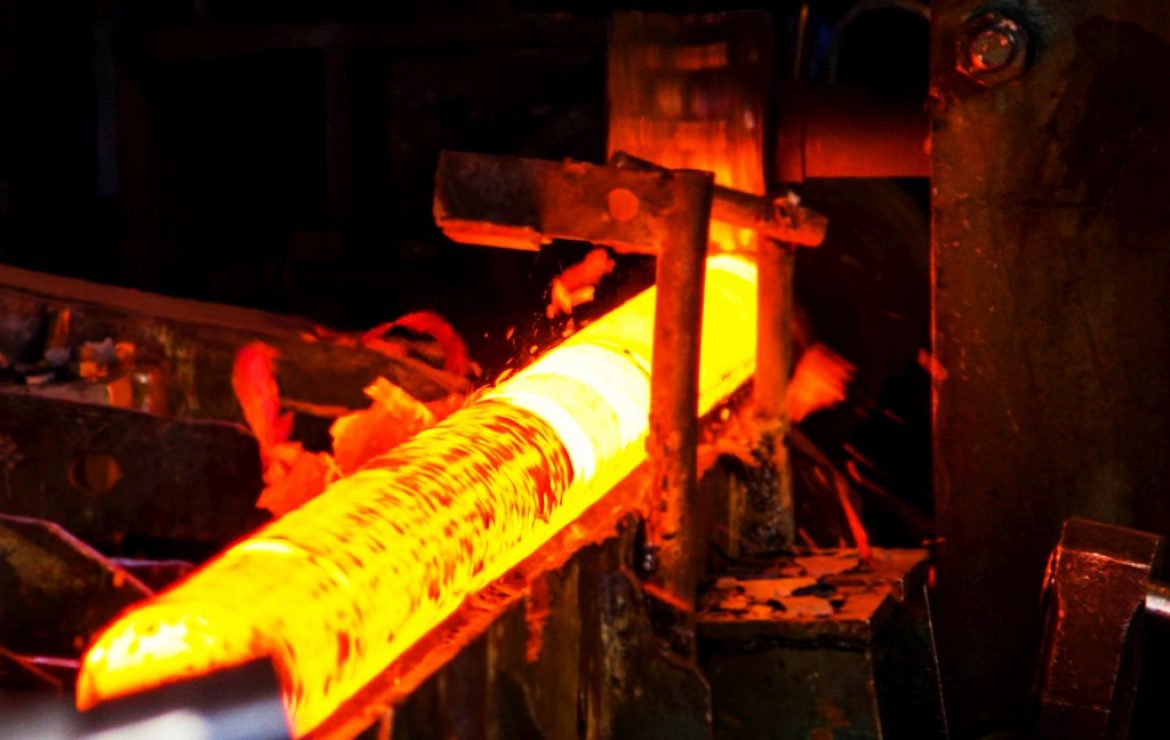8620 steel stands as a stalwart in the realm of modern manufacturing, a material that goes beyond being just a metal alloy. In this comprehensive exploration, we will delve into the unique properties, applications, and significance of 8620 steel in contemporary manufacturing processes. (The Crucial Role of 8620 Steel)
Understanding the Basics of 8620 Steel:
8620 steel is a low-alloy steel containing nickel, chromium, and molybdenum, making it a versatile choice in various industrial applications. Its balanced composition lends itself to exceptional strength, toughness, and wear resistance, setting it apart as a cornerstone in modern manufacturing.
The Metallurgical Marvel of 8620 Steel:
At the heart of 8620 steel’s prowess lies its metallurgical composition. The infusion of nickel contributes to enhanced toughness, while chromium provides corrosion resistance. Molybdenum, on the other hand, ensures that the steel retains its strength under high-temperature conditions. This unique combination makes 8620 steel a marvel in the metallurgical world.
Machining Excellence with 8620 Steel:
One of the standout features of 8620 steel is its machinability. Manufacturers benefit from its ease of machining, allowing for intricate designs and precise components. Whether it’s gears, shafts, or other intricate parts, 8620 steel plays a pivotal role in achieving machining excellence.
The Role of 8620 Steel in Heavy Machinery:
In the realm of heavy machinery, 8620 steel takes center stage. Its robust nature makes it an ideal choice for components subjected to heavy loads, such as gears and shafts. The steel’s ability to withstand wear and fatigue ensures the longevity and reliability of heavy-duty machinery.
Aerospace Excellence with 8620 Steel:
Aerospace engineering demands materials of the highest caliber, and 8620 steel meets these expectations. Its strength-to-weight ratio makes it suitable for aircraft components where durability and weight considerations are paramount. From landing gear to critical structural elements, 8620 steel contributes to the safety and performance of aerospace technology.
8620 Steel in Automotive Engineering:
The automotive industry relies on materials that can withstand dynamic forces and ensure vehicle safety. 8620 steel, with its exceptional strength and impact resistance, finds applications in critical automotive components like camshafts, gears, and transmission parts. It plays a vital role in enhancing the efficiency and reliability of modern vehicles.
Corrosion Resistance and 8620 Steel:
Corrosion is a common nemesis in manufacturing, but 8620 steel stands resilient against this threat. The chromium content in the alloy forms a protective layer, providing corrosion resistance. This feature extends the lifespan of components made from 8620 steel, especially in challenging environments.
Powering Tomorrow: 8620 Steel in Power Generation:
In the power generation sector, where reliability is non-negotiable, 8620 steel emerges as a key player. From turbine components to critical gears, the steel’s ability to handle high-stress conditions makes it an indispensable material in power generation applications. Its contribution to efficiency and durability powers the future of energy production.
Innovations in 8620 Steel: Meeting the Demands of Today:
As manufacturing evolves, so does the demand for materials that can meet new challenges. 8620 steel continues to innovate, adapting to the evolving needs of industries. Whether it’s advancements in alloy modifications, heat treatments, or new applications, 8620 steel remains at the forefront of innovation in material science.
A Journey Through the History of 8620 Steel:
The history of 8620 steel is intertwined with the progress of manufacturing. Originally developed for specific applications, the steel has evolved over time, finding new roles in various industries. Understanding its journey provides insights into the continuous refinement and application of this remarkable material.
Enhancing Sustainability with 8620 Steel in Manufacturing:
In an era where sustainability is a top priority, 8620 steel aligns with these goals. Its durability and longevity reduce the need for frequent replacements, contributing to sustainable manufacturing practices. The steel’s recyclability further underscores its eco-friendly characteristics.
The Impact of 8620 Steel in Renewable Energy:
Renewable energy technologies demand materials that can withstand challenging conditions. 8620 steel, with its robust properties, finds applications in renewable energy systems, from wind turbine components to solar energy infrastructure. Its contribution to the reliability of these systems is integral to the growth of renewable energy.
Selecting the Best Steel: Why 8620 Steel is the Right Choice:
In the vast landscape of steel options, why does 8620 steel stand out? Its unique combination of strength, toughness, machinability, and corrosion resistance makes it a versatile and reliable choice. When selecting materials for manufacturing projects, 8620 steel emerges as the right choice for achieving the perfect balance of properties.
8620 steel has rightfully earned its place as a cornerstone in modern manufacturing. Its versatile properties make it a go-to material for a wide array of applications, from heavy machinery to aerospace and renewable energy. As industries continue to advance, the role of 8620 steel in meeting evolving challenges remains pivotal. (The Crucial Role of 8620 Steel)
